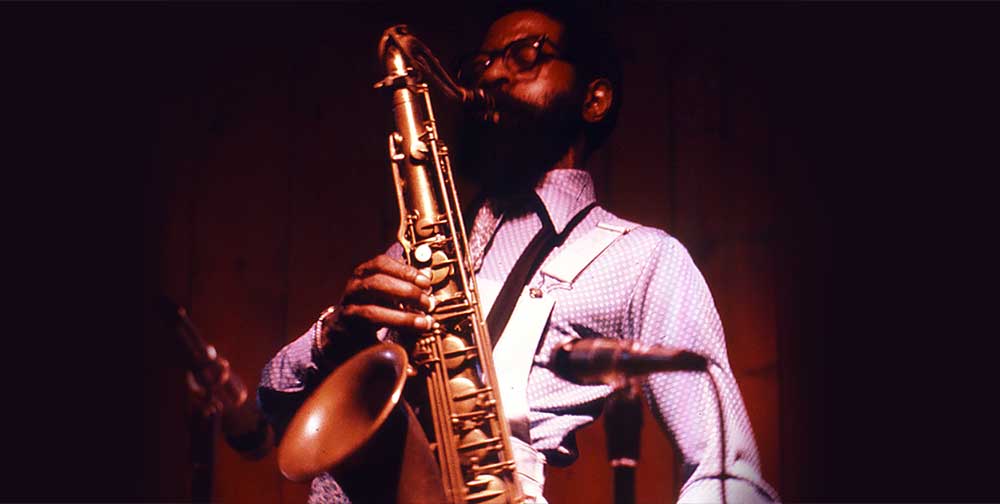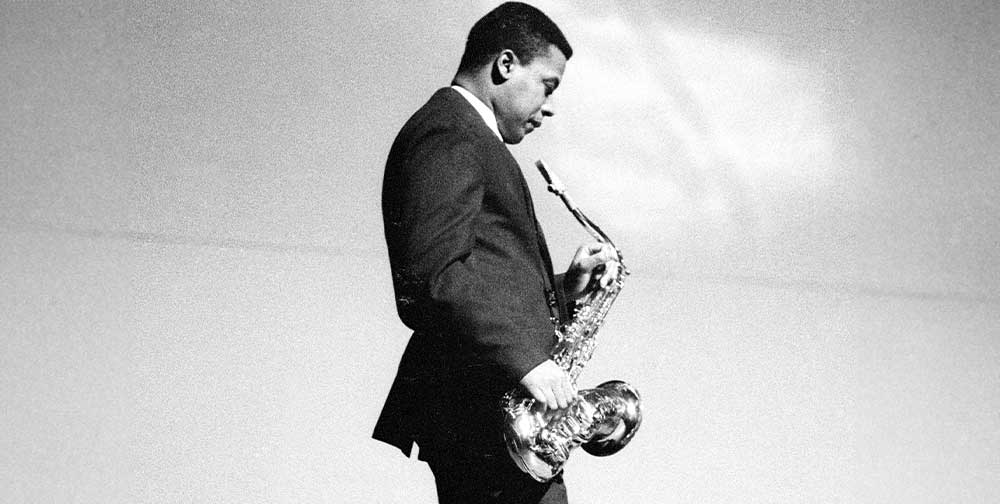In the late 1950s, a revolution happened in jazz that shaped the sound moving forward. It wasn’t a homogenous movement though – there were many approaches to permeating the borders of the rigid bop jazz framework.
The most radical was a style that would later become known as free jazz, which also wasn’t a uniform movement at all. It started with trailblazers such as Ornette Coleman and Cecil Taylor, but it wasn’t until John Coltrane’s “Ascension” in 1966 that the “New Thing” arrived in the mainstream.
The years in between were some of the most exciting in jazz history. The first half of the 1960s saw a bunch of young free spirits embrace the free jazz idiom, while others were following the experimental approach of John Coltrane and Eric Dolphy. Infusing their modal jazz with avant-garde ideas, these explorations birthed a heterogenous style that endures today: post-bop.
What often gets overlooked is that a number of experienced hard-bop players experimented with new influences as well, opening their sound up while not fully letting go of tradition. Inspired by the spirit of the time, these musicians and bandleaders established more democratic forms of communal playing, loosening the hierarchy of ‘rhythm section’ and ‘soloists’.
Inspired by John Coltrane, reedists such as Jackie McLean or Sonny Rollins proceeded in their solo improvisations to “take a trip” from the tonal centre. Inspired by Charles Mingus, bass players started playing melodic material that had usually been reserved for the soloists. The drummers wouldn’t give up playing swing and steady time completely, but they might loosen their grip on the metre just a bit.
The artists below were masters of their craft who weren’t ready to just head off into retirement because the style they’d grown up on wasn’t fashionable anymore. They wouldn’t plunge head-first into atonality and free-form rhythms, but they also didn’t desire to play retro music in a museum. So they soaked up the wild and creative spirit of the “New Thing” and infused their hard-swinging bop with out-there ideas and techniques – and created some underrated masterpieces that way.
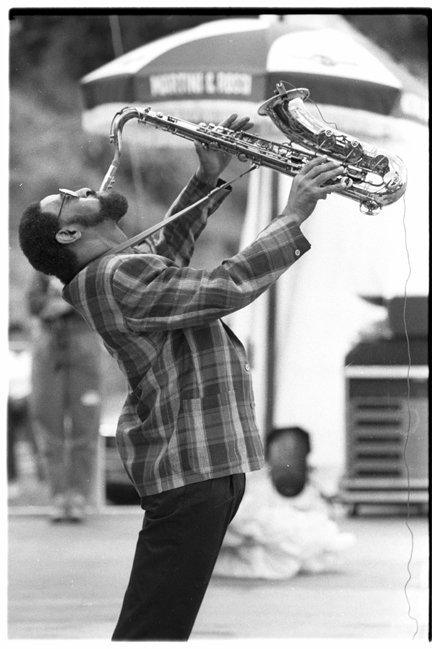
01 Jackie McLean – Action (Blue Note, 1967)
“In the mid-1960s, saxophonist Jackie McLean was pushing at the edges of a more free, modal approach to his playing, but he was still steeped in the sound of hard bop”, writer Dan Spicer concludes in his story about McLean’s album “Action”, recorded in 1964 but not released until 1967.
McLean was a player with strong bebop roots who cautiously ventured off into more experimental territory. Nat Hentoff quoted the reedist in the original liner notes: “I never want to go ‘outside’ for too long a time without coming back ‘inside’ again.” Exploring new directions while staying rooted in the fundamentals – according to Hentoff, this is what McLean achieved on “Action”.
In some of the most daring passages, it feels as if he was influenced by Albert Ayler at the time. “The energy is almost palpable, entirely capturing McLean’s questing search for the shock of the new”, Dan Spicer writes. “Sixty years on, his music still sounds like horizons exploding.”
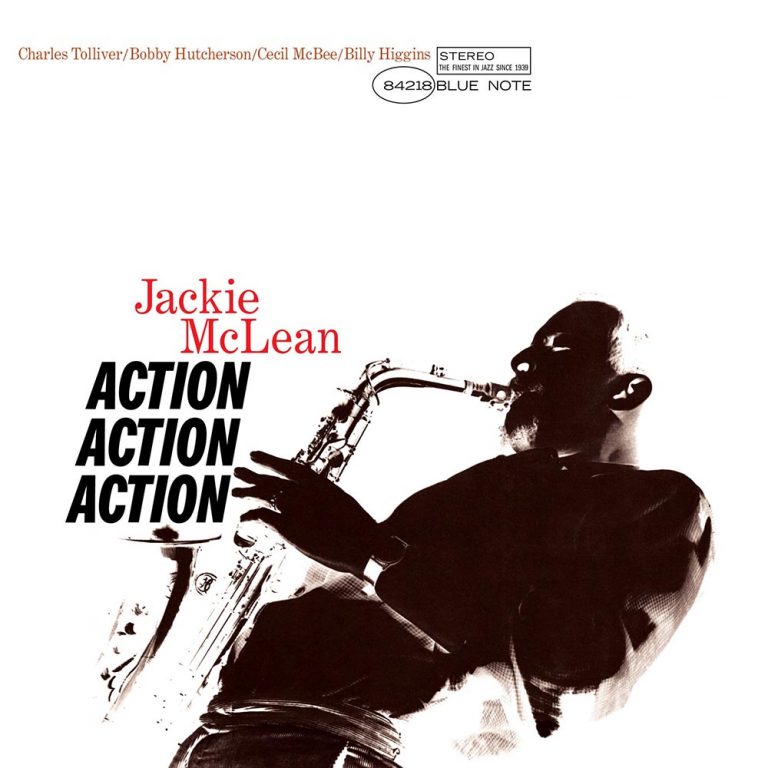
JACKIE MCLEAN Action LP (Blue Note Tone Poet Series)
Available to purchase from our US store.02 Lee Morgan – Search For The New Land (Blue Note, 1966)
Captured just a couple of months after Lee Morgan recorded his biggest hit – hard-bop masterclass “The Sidewinder” – this album shows a different, more adventurous side of the trumpeter and former Jazz Messenger.
Only 25 at the time, Morgan had left the drugs behind and was looking for new ways to express himself. He assembled a stellar group consisting of Wayne Shorter, Herbie Hancock, Reggie Workman and Grant Green. The wild card here is drummer Billy Higgins, whose playing feels at times inspired by the new free-form style pioneered by Sunny Murray and Ed Blackwell, while not giving up time-keeping completely.
As Dan Spicer remarks in his review of “Search For The New Land”, the album reflected a personal journey and “was every bit as radical as the abstract free-jazz then gathering pace in the mid-60s, negotiating a fresh and surprising relationship with hard bop that only a master of the form like Morgan could have contemplated.”
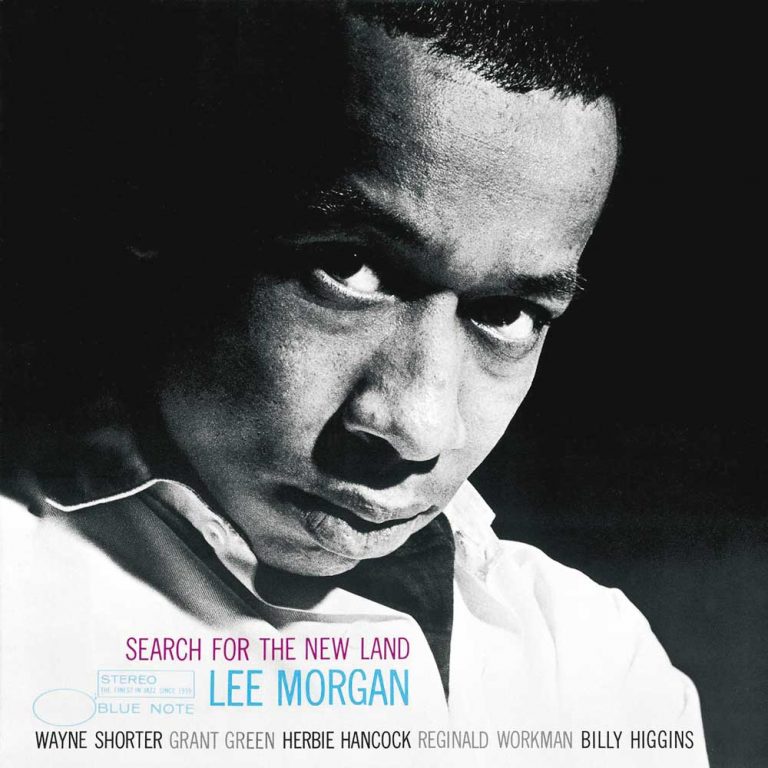
LEE MORGAN Search for the New Land
Available to purchase from our US store.03 Freddie Hubbard – Breaking Point! (Blue Note, 1964)
In free jazz circles, there’s a running gag about Freddie Hubbard being the token straight player on both Ornette Coleman’s “Free Jazz” and John Coltrane’s “Ascension”. Which isn’t fair – Hubbard might not be a trumpeter as adventurous as Don Cherry, but he’s far from a boring traditionalist.
1964’s “Breaking Point!” came right after Hubbard left the Jazz Messengers. The album features only original compositions and stands as one of the most diverse, innovative albums of the early post-bop period. Possibly influenced by the compositional experiments of Eric Dolphy on “Out to Lunch!“, the group here fuses elements of calypso with bowed bass (on the opening title track), and plays a modal blues in waltz time on the verge of shifting into 4/4 swing (“Far Away”).
While allowing new influences and ideas to slightly shift the sound, there are still enough elements of classic bebop and Hubbard’s “majestic tone” (Matt Phillips in his review of the album) to keep the music accessible. In Phillips’ view, the album “holds up as one of the great Blue Note releases of the mid-1960s.”
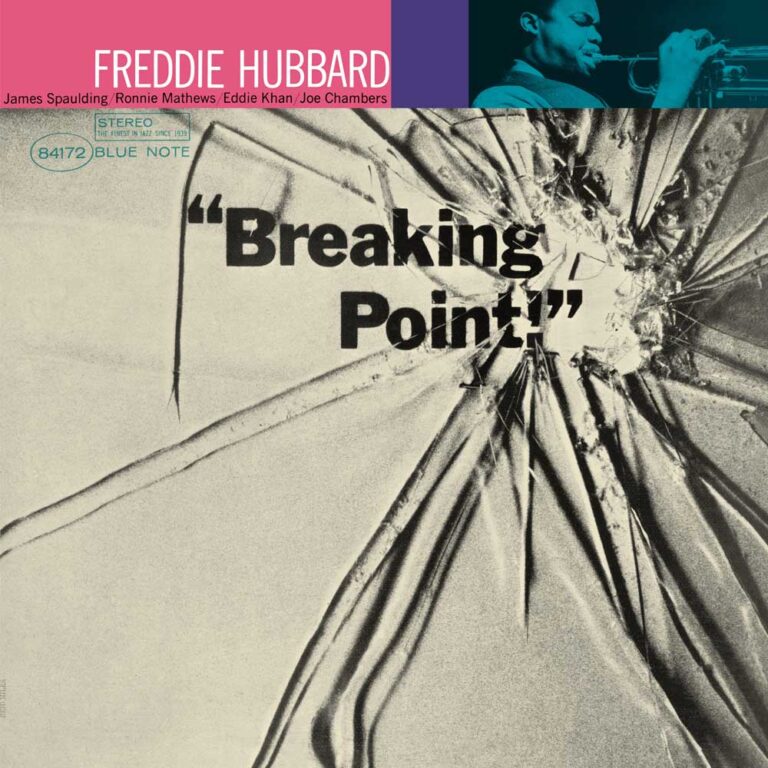
FREDDIE HUBBARD Breaking Point! (Blue Note Tone Poet Series) LP
Available to purchase from our US store.04 Joe Henderson – Mode For Joe (Blue Note, 1966)
When saxophonist Joe Henderson recorded “Inner Urge” in 1964, the music reflected the social turmoil of the time more than any of his previous work. The album wasn’t released until 1966, and in the meantime he’d recorded “Mode For Joe”, a septet date that would continue on that path even more decisively.
Vibesman Bobby Hutcherson and pianist Cedar Walton bring some serious harmonic invention to the table that pushes this date into the post-bop realm. After the one-two punch of “Inner Urge” and “Mode For Joe”, it wasn’t such a surprise anymore to see Henderson pop up on Alice Coltrane’s spiritual jazz classics of the early 1970s.
Blue Note president Don Was was once struck by the mix of “anguished cries” and “Infectious swing” on this particular record – it was the first time he actually heard a jazz record, and he was completely enamoured with it. In his article celebrating Henderson as a “multifaceted tenor master”, writer Andy Thomas gushes how this album “features Henderson and [Lee] Morgan duelling at their fiery best”.
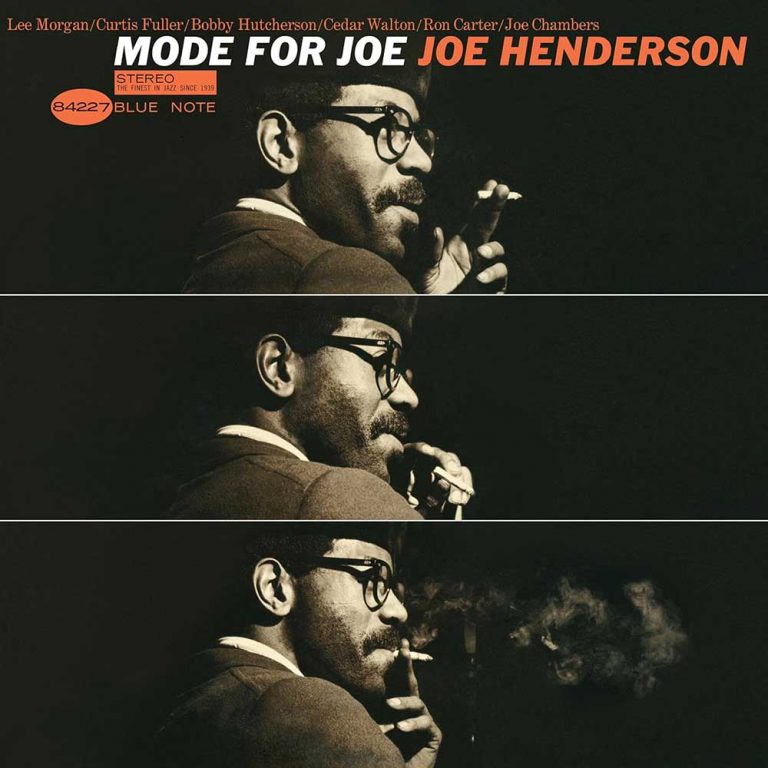
JOE HENDERSON Mode For Joe LP (Blue Note Classic Vinyl Series)
Available to purchase from our US store.05 Sonny Rollins – East Broadway Run Down (Impulse!, 1967)
When the saxophone colossus signed with the forward-thinking jazz label Impulse! in the mid-1960s, his first release was a surprisingly traditional date, as if to assert his deep bop roots. But “Sonny Rollins on Impulse!” was soon followed up by this impressive three-tracker, where his passionate playing felt deeply inspired by Ornette Coleman, painting bluesy phrases rich with overtones over the backbeat of a piano-less trio.
This is Rollins at his most adventurous – the record even includes experimental tape-echo effects preceding Teo Macero’s work for Miles Davis. Still, “even at the height of the avant-garde era, Rollins didn’t abandon standards”, as Matt Phillips notes in his review of this often overlooked album.
Disillusioned with the music industry, Rollins headed off to India and Japan after this record to study yoga and meditation – a stint that led to a six-year sabbatical from recording. As Phillips recounts, “his tenure with Impulse! was a mixed experience, though Rollins was fond of producer Bob Thiele and characteristically blamed himself for some business decisions. But these issues didn’t harm the music – just listen.”
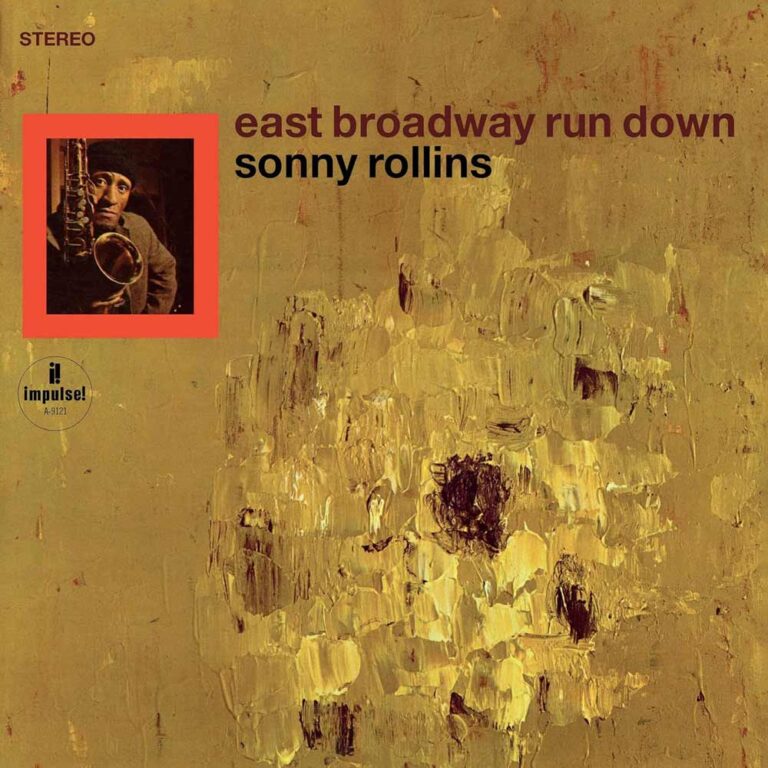
SONNY ROLLINS East Broadway Run Down
Available to purchase from our US store.Stephan Kunze is a writer, book author and a commissioning editor for Everything Jazz. He is based in Berlin and publishes zensounds, a newsletter on experimental music and culture.
Header image: Freddie Hubbard, Jackie McLean, Joe Henderson, Lee Morgan, Sonny Rollins. Photo: Francis Wolff / Blue Note Records.
